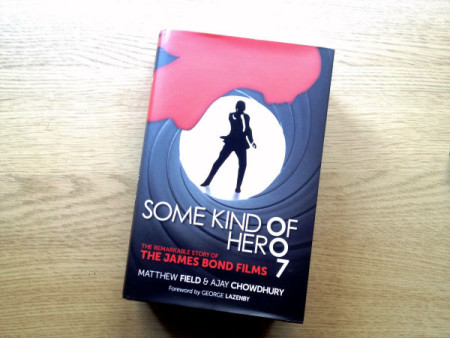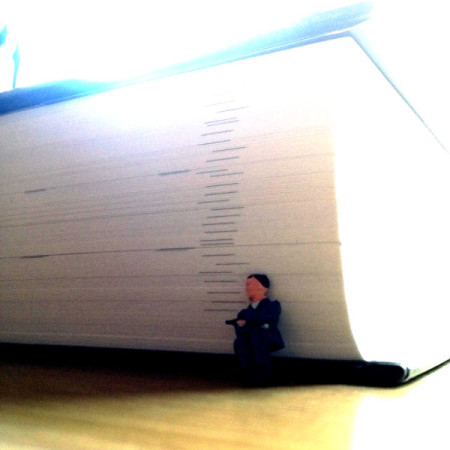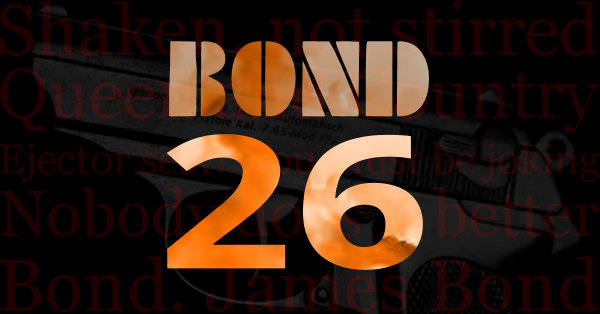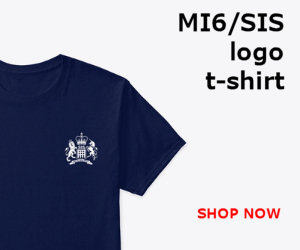A truly comprehensive look at the James Bond films that belongs on every Bond fan’s bookshelf.

Available from Amazon UK and Amazon.com
After receiving a copy of Some Kind of Hero: The remarkable history of the James Bond films my first response was to joke on Twitter that I’d be using it as a door stop.
What struck me was its sheer size. While I was expecting an in-depth work looking at the entire history of the Bond movies, I wasn’t expecting it to run to 700 pages. Even with around 100 pages of bibliography, notes and index that works out at 25 pages per film. That’s more than enough to go in really deep.
In fact Some Kind of Hero looks not only at the films up to Skyfall in detail (it finishes with the announcement of SPECTRE) but also covers Ian Fleming and his attempts to get Bond made for the big (and small) screen. There are also chapters on Harry Saltzman and Cubby Broccoli before the authors get stuck into the first James Bond film, Dr No.

The authors, Matthew Field and Ajay Chowdhury, conducted dozens of interviews for the book, which they say in the introduction (or “pre-title sequence”, as they put it) was conceived more than 20 years ago. This has allowed them to rectify some of the myths repeatedly trotted out as fact.
The interviews allowed the authors to get the stories direct from the horse’s mouth. But as well as getting the straight story in its entirety (or as much as the passing of time allows) it also allows the information to be seen in context.
You’ll find information about Saltzman’s World War 2 intelligence work and how both he and Cubby Broccoli got into the movie business. It also covers how how Saltzman secured the rights to the Bond films; his introduction to Broccoli; and how he employed Johanna Harwood as his secretary. She eventually received writing credits for Dr No and From Russia With Love.
There are some nice anecdotes, some of which I already knew, but they stand repeating. There are also plenty of new ones too, such as when Terence Young, on location in the Bahamas for Thunderball, baulked at the prospect of drinking Dom Perignon chilled in the glass by ice.
It turned out the champagne had been offered to Young by none other than Count de Vogue, the owner of Moët et Chandon, the company that makes Dom Perignon.
“I shall never teach you how to direct pictures, you should never teach me to drink wine”, he told Young, adding that he should remove the ice after 30 seconds.
Of course, many of those involved in the early films are no longer with us to give their versions of events. And while the more recent films have seen information tightly controlled, at least prior to release, memories are much fresher.
Jumping forward to Casino Royale, the authors cover the hard decision to drop Pierce Brosnan from the role and reboot the series instead. Here it looks at the period following Die Another Die when Eon was planning a film based around the character of Jinx, but how ultimately MGM decided not to proceed.
While it is hard to believe all that happened a decade ago, it is good to be able to put what happened into context.
It is also suggested that the hate campaign against Daniel Craig, which centred around a particular “fan” site, was linked to a PR company. This company was, in turn, linked to Craig’s former agency, with which he had split prior to signing for for Casino Royale.
The authors also interviewed the screenwriters who explained how the first Bond novel was modernised and adapted for the big screen. It also reveals where the idea for the parkour sequence came from and the changes made by Paul Haggis.
Also fascinating is how Roger Michell turned down Casino Royale but then initially accepted directing duties for Quantum of Solace. However, a few weeks into pre-production and without a script he decided the job was too much and Daniel Craig’s second Bond film was postponed by six months as a result. While many of those facts were already known to me, it is interesting to know what actually went on behind the scenes.
A couple of gripes about the books though. I think it is excellent to include notes for all the references, but it would have been far easier for the reader of they were presented as footnotes. Instead you have to flip between the page you are reading and the notes at the back of the book.
Also, while one of the aims of the authors was to end some of the myths endlessly repeated as fact, in the section on Ian Fleming alone they repeat two of them. Firstly, that Casino Royale was inspired by Fleming taking on a number of Nazis at the casino in Estoril during the war. That is the way Fleming himself later told the story. However, according to Andrew Lycett’s biography of Fleming, that is a highly embellished version of what actually happened, a fantasy version of the story.
The second is with regard to Fleming’s “golden typewriter”. He did buy such an item, but there is little evidence he ever used it to write a Bond novel. It appears in photographs of his London office, but never in Jamaica, where he wrote his books. Check out Fergus Fleming’s (Fleming’s nephew and editor of The Man With The Golden Typewriter) response to a question on the golden typewriter in this interview.
Despite those minor gripes, the book is very worthwhile having. If you’re a fan of the Bond movies this book should definitely be on your book shelf. .
You can buy Some Kind of Hero: The remarkable story of the James Bond films from Amazon UK and Amazon.com.











May 3rd, 2016 at 18:58
Just got the book. Very worthwhile read.
It is a shame neither Connery nor Dalton contributed to i; both would have been more than welcome.
But it is a well put together book and the thoughts of Lazenby and Brosnan are brutally and, thankfullly, honest.
June 11th, 2016 at 18:32
I’m reading it now. A couple other points: I’ve rewatched the 1954 Casino Royale televiion production and don’t see Peter Lorre getting up after being shot. Something like that happened in the premiere installment of Climax! (an adaptation of The Long Goodbye with Dick Powell as Marlowe).
Also a few typos in the Bondmania section (Ilya instead of Illya Kuryakin) and dropping the word “and” from the full name of U.N.C.L.E. But overall a very good read so far.